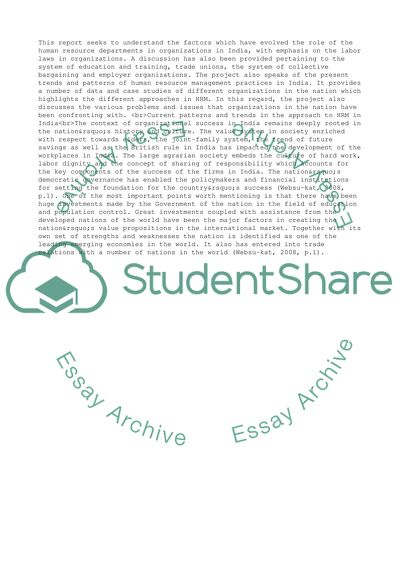Cite this document
(Human Resource Management in a National Context Dissertation - 2, n.d.)
Human Resource Management in a National Context Dissertation - 2. Retrieved from https://studentshare.org/management/1749311-international-human-resource-management-to-explore-and-assess-human-resource-management-in-a-particular-national-context
Human Resource Management in a National Context Dissertation - 2. Retrieved from https://studentshare.org/management/1749311-international-human-resource-management-to-explore-and-assess-human-resource-management-in-a-particular-national-context
(Human Resource Management in a National Context Dissertation - 2)
Human Resource Management in a National Context Dissertation - 2. https://studentshare.org/management/1749311-international-human-resource-management-to-explore-and-assess-human-resource-management-in-a-particular-national-context.
Human Resource Management in a National Context Dissertation - 2. https://studentshare.org/management/1749311-international-human-resource-management-to-explore-and-assess-human-resource-management-in-a-particular-national-context.
“Human Resource Management in a National Context Dissertation - 2”, n.d. https://studentshare.org/management/1749311-international-human-resource-management-to-explore-and-assess-human-resource-management-in-a-particular-national-context.


